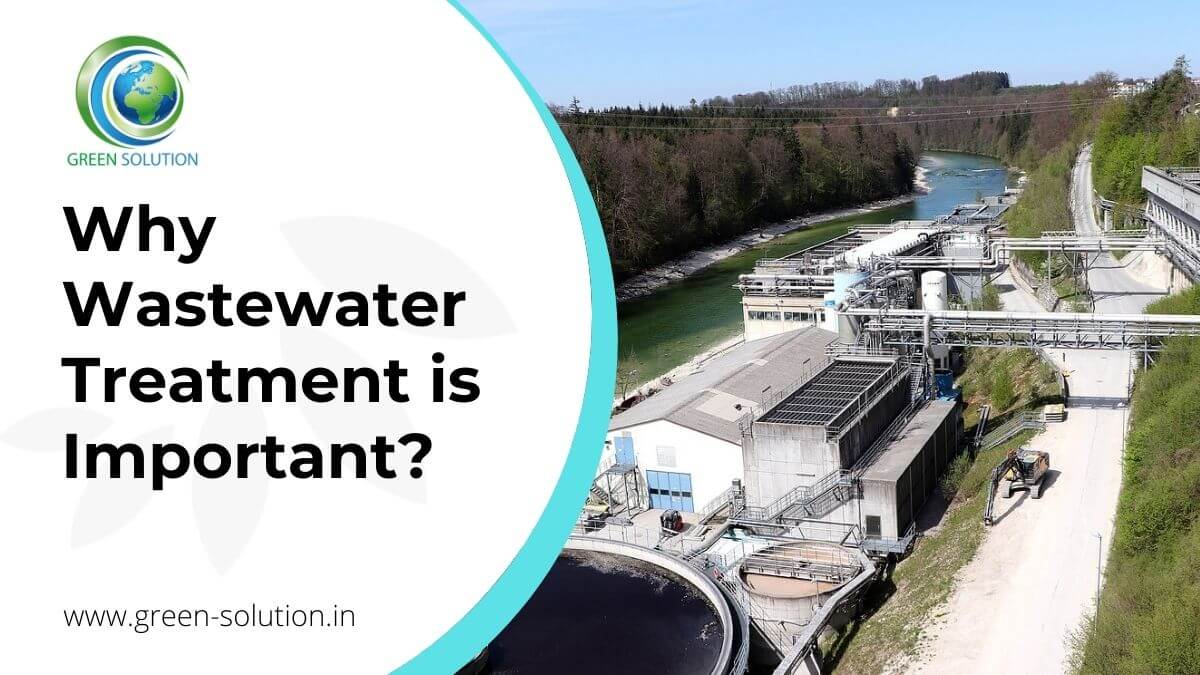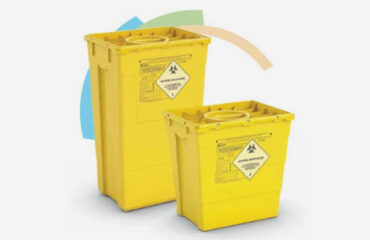The Greatest Guide To Reclaim Waste
The Greatest Guide To Reclaim Waste
Blog Article
The Main Principles Of Reclaim Waste
Table of ContentsAn Unbiased View of Reclaim WasteNot known Incorrect Statements About Reclaim Waste Some Known Questions About Reclaim Waste.The Ultimate Guide To Reclaim WasteFacts About Reclaim Waste Revealed
Domestic sewer waste refers to the waste and items from a domestic septic tank. The proper monitoring and disposal of residential sewage waste need liquid waste to be transferred to a sewer therapy plant where the correct approaches and tools are used to purify and dispose of waste.
Commercial waste often includes possible hazards, such as combustible products or a blend of fluid and solid waste items, and needs an advanced and thorough disposal process. The disposal of commercial waste generally includes the filtering of waste before transport to ensure safe and appropriate disposal. Hazardous waste is created from by-products and runoff of industrial processes and production.
This type of waste can not make use of the exact same sewage monitoring transportation or procedures as septic or industrial fluids. The hazardous waste management procedure requires the evaluation and screening of liquid waste prior to it goes through the disposal procedure (liquid waste disposal melbourne). Overflow waste is the liquid waste that comes from overflow and excess stormwater in highly booming areas or cities
Drainage waste can trigger contamination and flooding otherwise taken care of effectively. Find out more regarding sewer cleansing and waste management. Ensuring appropriate waste monitoring can prevent disasters and lower ecological harm. Both individuals in property settings and specialists in commercial or production markets can profit from understanding the procedures and regulations of fluid waste administration.
Get This Report about Reclaim Waste
Call PROS Providers today to learn more about our waste management and disposal services and the proper ways to take care of the fluid waste you create.
(https://www.easel.ly/browserEasel/14532007)Do you understand what happens to your water when you pull the plug, flush the commode or drain pipes the washing maker? No? Well, it's worth recognizing. This so-called 'wastewater' is not just a vital source yet, after treatment, will certainly be launched to our land, waterways or the sea. Utilized water from toilets, showers, baths, cooking area sinks, laundries and industrial processes is referred to as wastewater.

water used to cool down equipment or clean plant and devices). Stormwater, a type of wastewater, is runoff that flows from farming and city areas such as roofing systems, parks, yards, roads, paths and gutters right into stormwater drains pipes, after rain. Stormwater flows unattended straight to neighborhood creeks or rivers, eventually reaching the ocean.
5 Simple Techniques For Reclaim Waste
In Queensland, the majority of wastewater is treated at sewer therapy plants. Wastewater is delivered from domestic or commercial websites through a system of sewage systems and pump stations, called sewage reticulation, to a sewer therapy plant. Local federal governments build, maintain and operate most sewage treatment plants. Operators are licensed under the Environmental Management Act 1994 to discharge cured wastewater at an acceptable environmental standard into waterways.
The Division of Natural Resources recommends neighborhood federal governments concerning managing, operating and maintaining sewage systems and treatment plants. In unsewered locations, city governments may require householders to set up private or house sewage treatment systems to deal with residential wastewater from commodes, kitchen areas, bathrooms and laundries. The Division of Natural Resources authorizes the usage of family systems when they are verified to be effective.
In some new subdivisions, therapy of some stormwater to eliminate trash, sand and crushed rock has begun utilizing gross pollutant traps. Wastewater therapy occurs in 4 phases: Gets rid of strong matter.
Wastewater then streams right into big containers where solids resolve and are removed as sludge. Grease and scum are skimmed from the surface area. Utilizes little living organisms called micro-organisms to damage down and eliminate remaining liquified wastes and great bits. Micro-organisms and wastes are included in the sludge. Gets rid of nitrogen and phosphorus nutrients that might cause algal blooms in our waterways and endanger water life.
The 4-Minute Rule for Reclaim Waste
Nutrient elimination is not original site available at all sewer therapy plants because it requires costly specialist devices. Clear liquid effluent created after therapy may still consist of disease-causing micro-organisms - liquid waste disposal.

The majority of wastewater streams right into the sewage system. Under the Act, local federal governments administer authorizations and permits for ecologically relevant tasks (Ages) including wastewater launches that might have a local influence.
The Ultimate Guide To Reclaim Waste
Otherwise, examples are considered lab evaluation. Commonly several tests are required to develop the degrees of each of the different contaminants such as oils, heavy steels and pesticides in water. Surveillance gives accurate details regarding water quality and can validate that permit conditions are being satisfied. The information acquired with monitoring supplies the basis for making water high quality choices.
Report this page